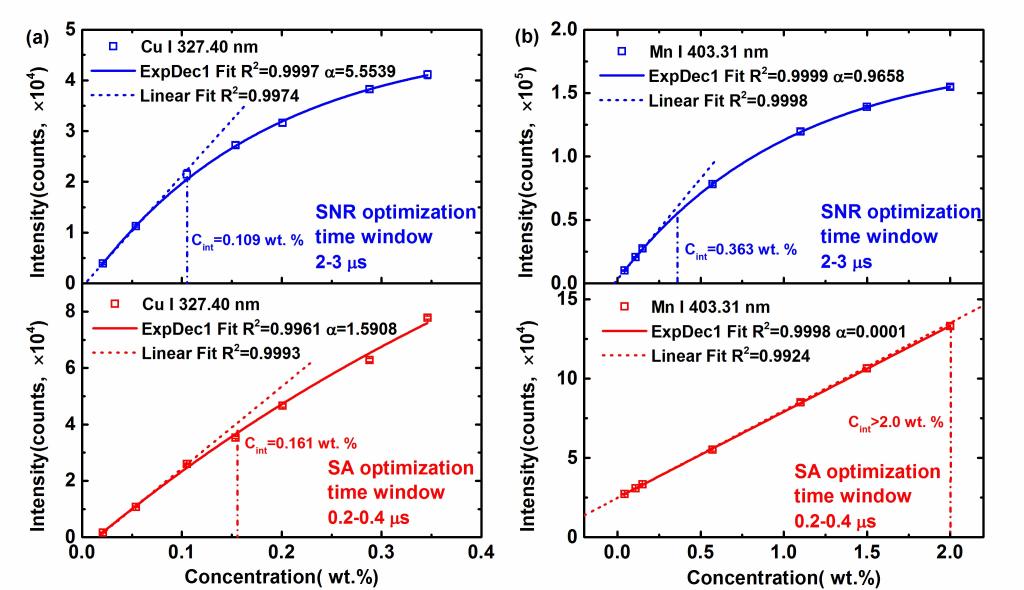Laser-induced breakdown spectroscopy (LIBS) is an appealing analytical technique for elemental determination. LIBS has many attractive advantages, such as no or simple sample preparation, rapid, in situ, remote, and simultaneous multielemental analysis. It has been widely applied in environmental monitoring, the metallurgy industry, agriculture, biomedicine, geological applications, and space exploration, etc. However, compared with traditional element analysis technology, the accuracy of LIBS quantitative analysis is still unsatisfactory, which limits further development and application of this technology. An important reason for the poor accuracy of LIBS quantitative analysis is the existence of the self-absorption effect. The self-absorption effect seriously interferes with the emission spectra of laser plasma and destroys the mapping relationship between spectral intensity and element concentration. Therefore, to achieve high precision, quantitative analysis of LIBS, it is necessary to effectively suppress and eliminate the negative effect caused by self-absorption.
To reduce the serious influence of the self-absorption effect in LIBS, associate Prof. Lianbo Guo conducted an in-depth study on the suppression of the self-absorption effect. This time, the copper and manganese elements in micro-alloy steel were taken as an example. The time evolution of laser induced plasma self-absorption effect is studied, and the time evolution mechanism of self-absorption effect is deeply discussed. It is concluded that the self-absorption effect is weaker at the early stage of plasma evolution. As shown in figure 1, the linear upper bound concentration (Cint) of the calibration curve in the early stage of plasma expansion (0.2 μs) is significantly higher than that in the traditional time-optimized acquisition time window (2 μs). This work provides a simple and effective method for improving the quantitative analysis performance of LIBS and reducing the self-absorption effect in LIBS.
On February 18, this work has been published in Optics Express(Y. Tang, S. Ma, Y. Chu, T. Wu, Y. Ma, Z. Hu, L. Guo, X. Zeng, J. Duan, Y. Lu, Investigation of the self-absorption effect using time-resolved laser-induced breakdown spectroscopy. Optics Express, 2019. 27(4): 4261-4270.)
The research was financially supported by National Natural Science Foundation of China (No. 61575073 and 51429501)

Fig.1. The calibration curves of Cu I 327.40 nm (a) and Mn I 403.31 nm (b) at time windows of 2-3 and 0.2-0.4 μs.